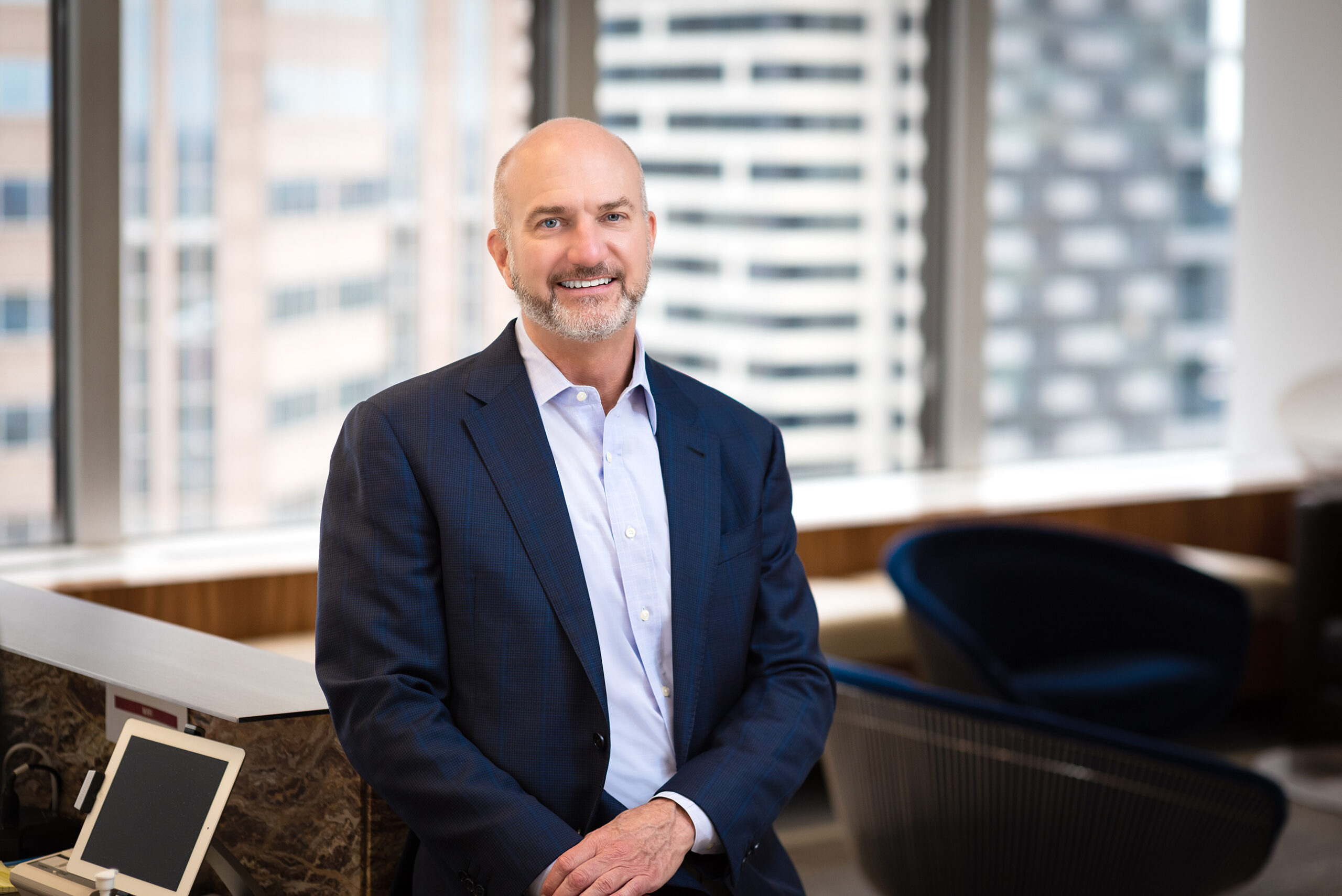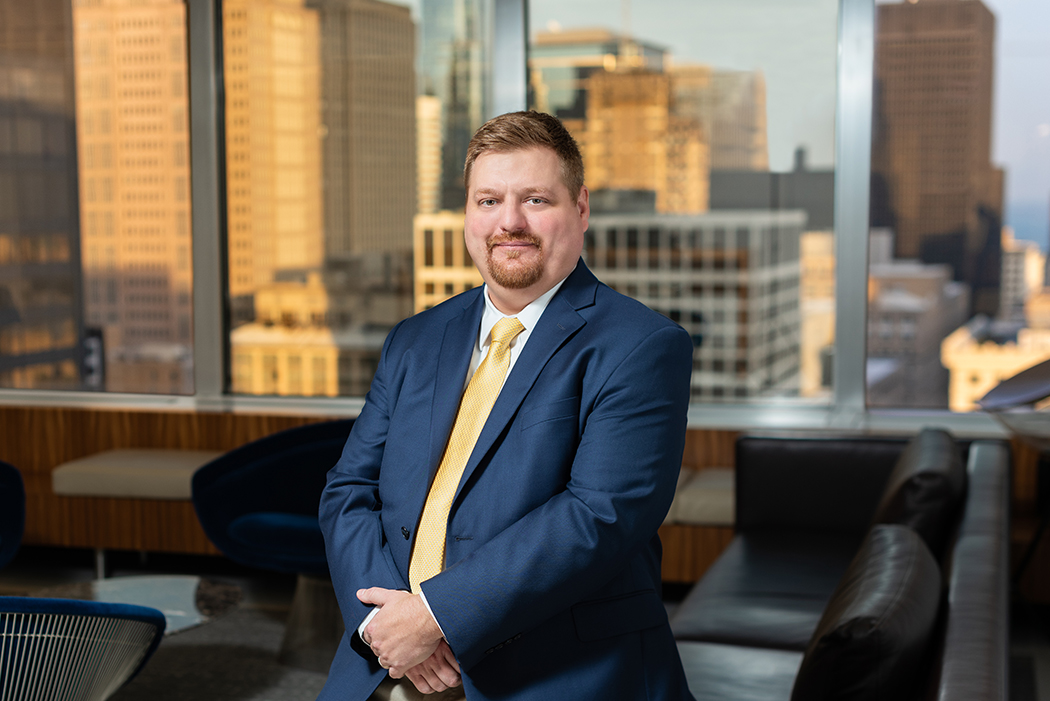Patent Exhaustion Doctrine Continues To Energize the Courts
- Spring 2014 (snippets)
- Snippets
The past year has been unusually active for the “first sale” doctrine. Also known as patent exhaustion, the doctrine is based upon the premise that a patent holder is entitled to only one royalty for its sale of a patented article. Therefore, once the patent holder has received consideration for an unconditional sale of a patented article, the holder “surrenders all rights to any future use or sale of it.”[1] The underlying rationale is that the consideration bargained for as part of the sale represents the benefit that the patent laws were meant to bestow on the patent holder.[2]
The first sale doctrine seems straightforward when patented articles are involved, which explains why the recent court decisions in this area involved patented methods. These decisions all apply the Supreme Court’s 2008 decision in Quanta Computer v. LG Electronics, which held that patented methods are exhausted by the sale of articles when the use of the articles embodies the patented methods.[3] In Quanta, Intel secured a license from LG Electronics (LGE) authorizing Intel to manufacture and sell integrated circuits that were designed to perform LGE’s patented methods for managing computer memory and data bus traffic. The license agreement between Intel and LGE specifically disclaimed any license to third parties to practice the patented methods by combining licensed products with other non-licensed components. In a separate “Master Services Agreement,” Intel agreed to inform its customers in writing that Intel’s license did not extend to combinations of the patented circuits with non-Intel products. Quanta Computer later purchased the integrated circuits from Intel and combined them with non-Intel products to build computers that practiced the patented methods. LGE sued Quanta for infringing its method patents and Quanta raised the defense of exhaustion based on the license agreement.
The US Supreme Court held that the doctrine of patent exhaustion applied to LGE’s patents, and ruled for Quanta. The Court recognized that a “patented method may not be sold in the same way as an article or device,” but that methods can be embodied by a product, and a sale of such a product will exhaust the patented method.[4] The Court noted that method claims could otherwise be used to “shield practically any patented item from exhaustion” by claiming what the article does, as well as the article itself.[5] The Court found that Intel’s sale of the integrated circuits to Quanta, authorized by LGE, exhausted the method claims because the circuits had “no reasonable non[-]infringing use and included all the inventive aspects of the patented methods.”[6] Even though the license agreement specifically disclaimed any license to third parties to practice the patents by combining licensed products with non-licensed products, the Court found that the disclaimer was only related to the question of whether Quanta had an implied license, and that the disclaimer was not relevant to the question of patent exhaustion. The Court also found that the Master Services Agreement was not sufficient to limit the license.
The Federal Circuit in Keurig, Inc. v. Sturm Foods, Inc. was presented with a similar set of facts as the Court in Quanta to the extent that the sales of products in Keurig were not conditioned on any particular use.[7] Keurig’s patents covered both its single-serve coffee brewers, as well as methods of brewing coffee using single-serving brewing cartridges.[8] Sturm sold brewing cartridges to consumers, and Keurig sued Sturm for induced and contributory infringement based on the theory that the consumers used Sturm’s cartridges in conjunction with the brewers to infringe Keurig’s patented brewing method. Sturm argued that the cartridges themselves were not covered by any patents and that the sales of the brewers exhausted exclusionary rights to the patented brewing methods performed by the consumers.
Keurig argued that its brewers were capable of several non-infringing uses and, therefore, its brewers alone did not “substantially embody” the asserted method claims, which would be required for a finding of exhaustion under Quanta. The Federal Circuit found, however, that even though Keurig’s brewers had reasonable non-infringing uses, Keurig sold the brewers without any conditions. Therefore, the method patents were exhausted by each respective sale to a consumer, and Sturm could not be liable for contributory or induced infringement. The Court also reaffirmed that patents are exhausted as a whole, and not on a claim-by-claim basis.[9]
Another recent Federal Circuit decision, LifeScan Scotland, Ltd. v. Shasta Technologies, LLC, stands as another warning that any unconditional transfer of a product may exhaust a related patent.[10] Lifescan encouraged health care providers to provide its patented blood glucose meters to patients free-of-charge, with the expectation (but not the requirement) that patients would, in the future, purchase test strips intended for use with the meters.[11] Shasta sold test strips to consumers that were designed for use with Lifescan’s patented blood glucose meters. Lifescan sued Shasta for indirect infringement, alleging that end users of Shasta’s test strips would be direct infringers of its patented method for using the meter.
Lifescan’s first argument against the application of patent exhaustion was that it gave the meters away, which precluded exhaustion. The Federal Circuit rejected this argument and ruled that “in the case of an authorized and unconditional transfer of title, the absence of consideration is no barrier to the application of patent exhaustion principles.”[12]
The Court also rejected Lifescan’s argument that because the meters required test strips to practice the patented method, the meter alone did not “substantially embody” the patented method.[13] The Court found that, like the sale of the articles that were sold in Quanta and Keurig, the conveyance of the meters in Lifescan was unconditional. Therefore, the patent’s restrictions could not be imposed upon the end user.
In yet another exhaustion case where the patent owner unsuccessfully attempted to maintain exclusivity to its patented methods, the District Court in Helferich Patent Licensing, LLC, v. New York Times Co. considered agreements that attempted to license only apparatus-type “handset” claims of Helferich Patent Licensing’s (“HPL’s”) patents to cellphone manufacturers.[14] HPL tried to protect the “content” claims of the patents by carefully reserving its rights to those claims in the license agreements. HPL’s “handset” claims covered cell phones with the capability of receiving hyperlinks for downloading the associated content, and the “content” claims covered methods for sending the hyperlinks to cell phones.[15] HPL brought an action against The New York Times (“the Times”) for infringing the “content” claims when the Times sent text messages to the licensed handsets with hyperlinks to the newspaper’s content. HPL argued that the Times’ actions were outside the scope of the license executed by the cellphone manufacturers because those manufacturers were licensed only to practice the handset claims. The Times argued that HPL’s license exhausted all claims of the licensed patents, including the “content” claims.
The Court found that the handset devices “at least partially practice, and therefore, sufficiently embody,” the content claims of the patents, meaning that the licensed sale of the cell phones had exhausted all of the related claims, not just the “handset” claims.[16] The Court noted that the doctrine of patent exhaustion was meant to “avoid double recovery by a patentee,” implying that patent rights were not meant to be used to exact royalties from a manufacturer’s sale of a handset to a consumer, and then also used again to exact royalties from a content provider when the consumer uses the phone to access a hyperlink provided by a content provider such as the Times.[17] “There would be little value to the handset manufacturers (or their end users) to have purchased licenses to [the] patents to receive content from a third-party content provider if the content provider, like Defendants, could not send the message to the licensed handset device without infringing the patents.”[18]
These recent decisions highlight a number of important issues in licenses associated with sales of patented products: (1) patents are exhausted as a whole, and not on a claim-by-claim basis, (2) authorized sales of products embodying a method patent cause the patent to be exhausted with respect to that product, and (3) patent holders lose control of patented inventions after an authorized conveyance, regardless of the consideration received. Patent holders who attempt to place a value on their patent without understanding its enforceability will do so at their own peril. When licensing patents that contain both product and method claims, care must be taken to ensure that the license is truly limiting without running into the exhaustion doctrine.
snippets is a trademark of McDonnell Boehnen Hulbert & Berghoff LLP. All rights reserved. The information contained in this newsletter reflects the understanding and opinions of the author(s) and is provided to you for informational purposes only. It is not intended to and does not represent legal advice. MBHB LLP does not intend to create an attorney–client relationship by providing this information to you. The information in this publication is not a substitute for obtaining legal advice from an attorney licensed in your particular state. snippets may be considered attorney advertising in some states.
[1] Robert A. Matthews, Jr., 2 Annotated Patent Digest § 11:30 (2014).
[2] See Keurig, Inc. v. Sturm Foods, Inc., 732 F.3d 1370, 1373 (Fed. Cir. 2013).
[3] 553 U.S. 617 (2008).
[4] Id. at 628.
[5] Id. at 629–30.
[6] Id. at 638.
[7] 732 F.3d 1370 (Fed. Cir. 2013).
[8] Id. at 1371.
[9] Id. at 1374; see also Helferich Patent Licensing, LLC v. New York Times Co., No. 10-CV-4387, 2013 WL 4401378 at *7–8 (N.D. Ill. Aug. 14, 2013), order clarified on reconsideration, No. 10-CV-4387, 2013 WL 6354209 (N.D. Ill. Dec. 4, 2013) (reasoning that allowing patentees to license patents on a claim-by-claim basis would introduce uncertainty and would effectively allow the patentee to create “hundreds of patents out of a single patent”).
[10] 734 F.3d 1361 (Fed. Cir. 2013).
[11] Id. at 1365.
[12] Id. at 1374.
[13] See id. at 1365.
[14] No. 10-CV-4387, 2013 WL 4401378 (N.D. Ill. Aug. 14, 2013) order clarified on reconsideration, No. 10-CV-4387, 2013 WL 6354209 (N.D. Ill. Dec. 4, 2013).
[15] By clicking a hyperlink, a user can be directed to web-hosted content.
[16] Id. at *6 (citing Quanta, 553 U.S. at 635).
[17] Id. at *8.
[18] Id. at *6.

